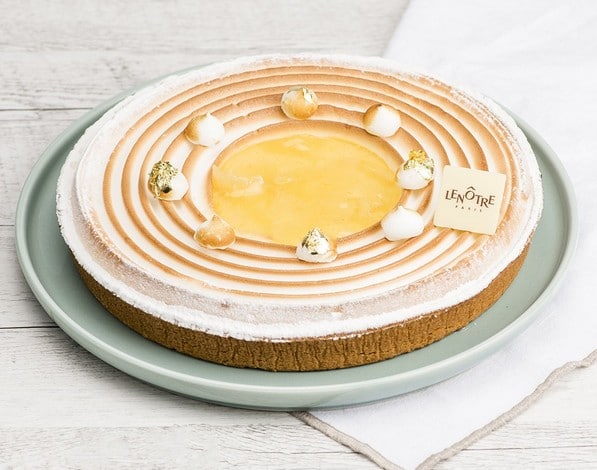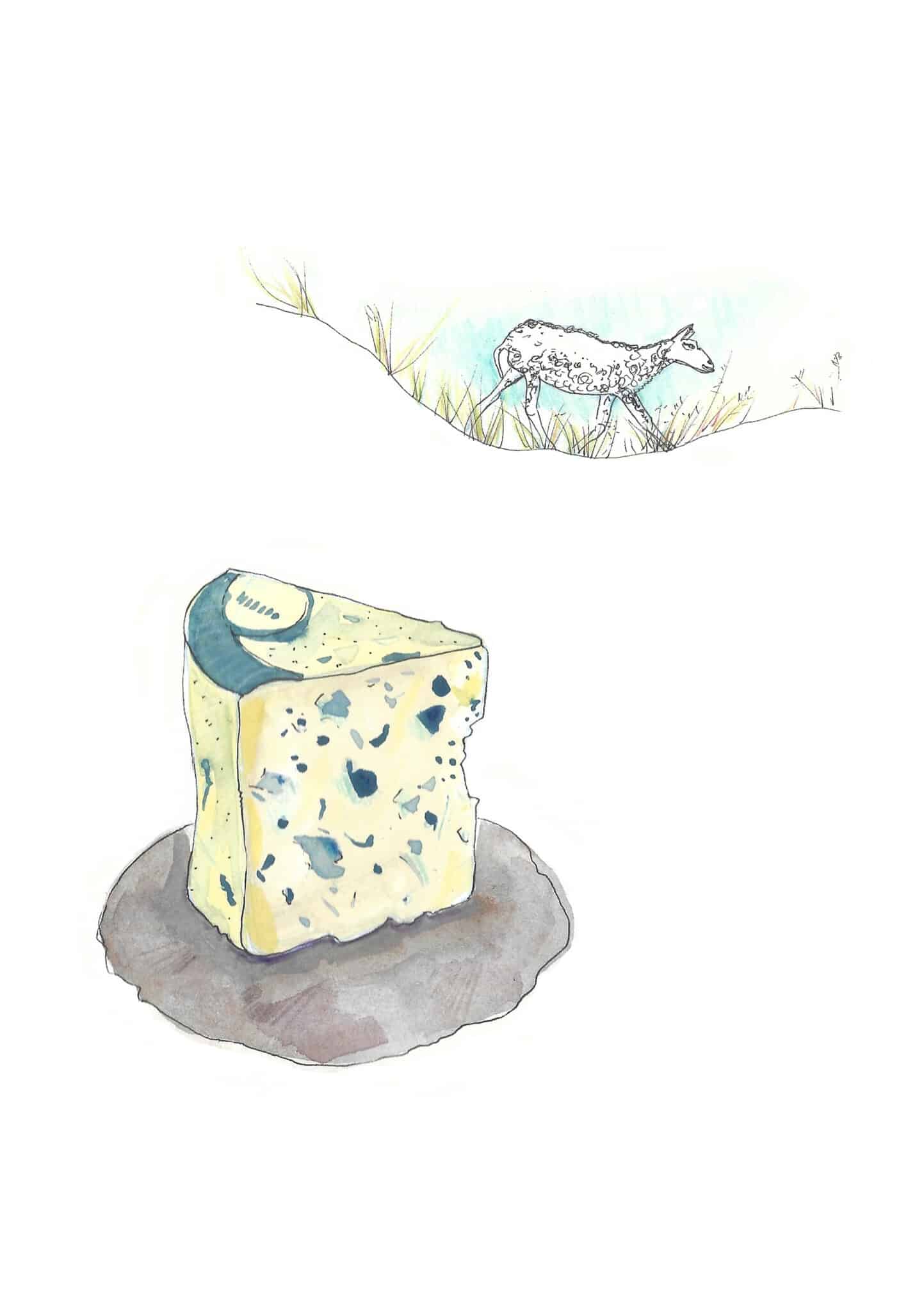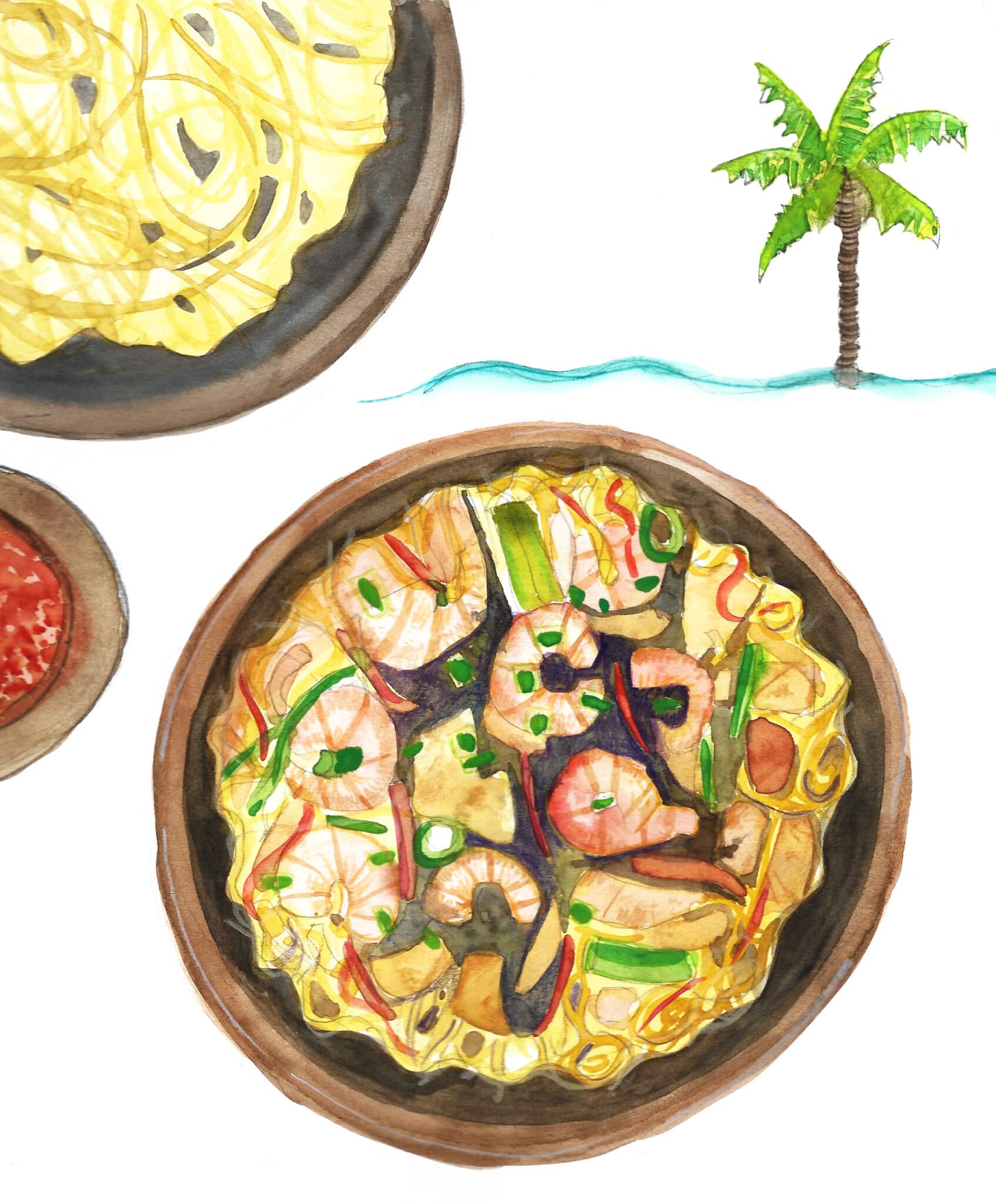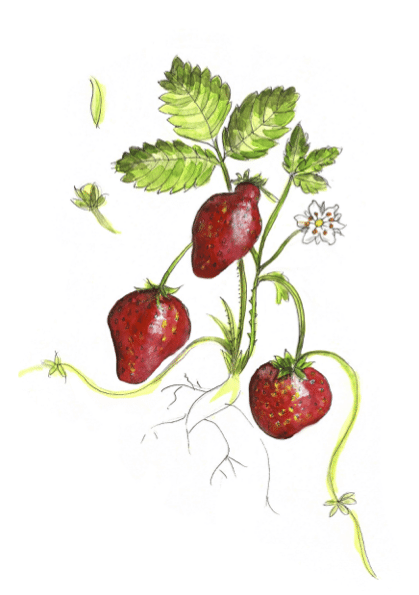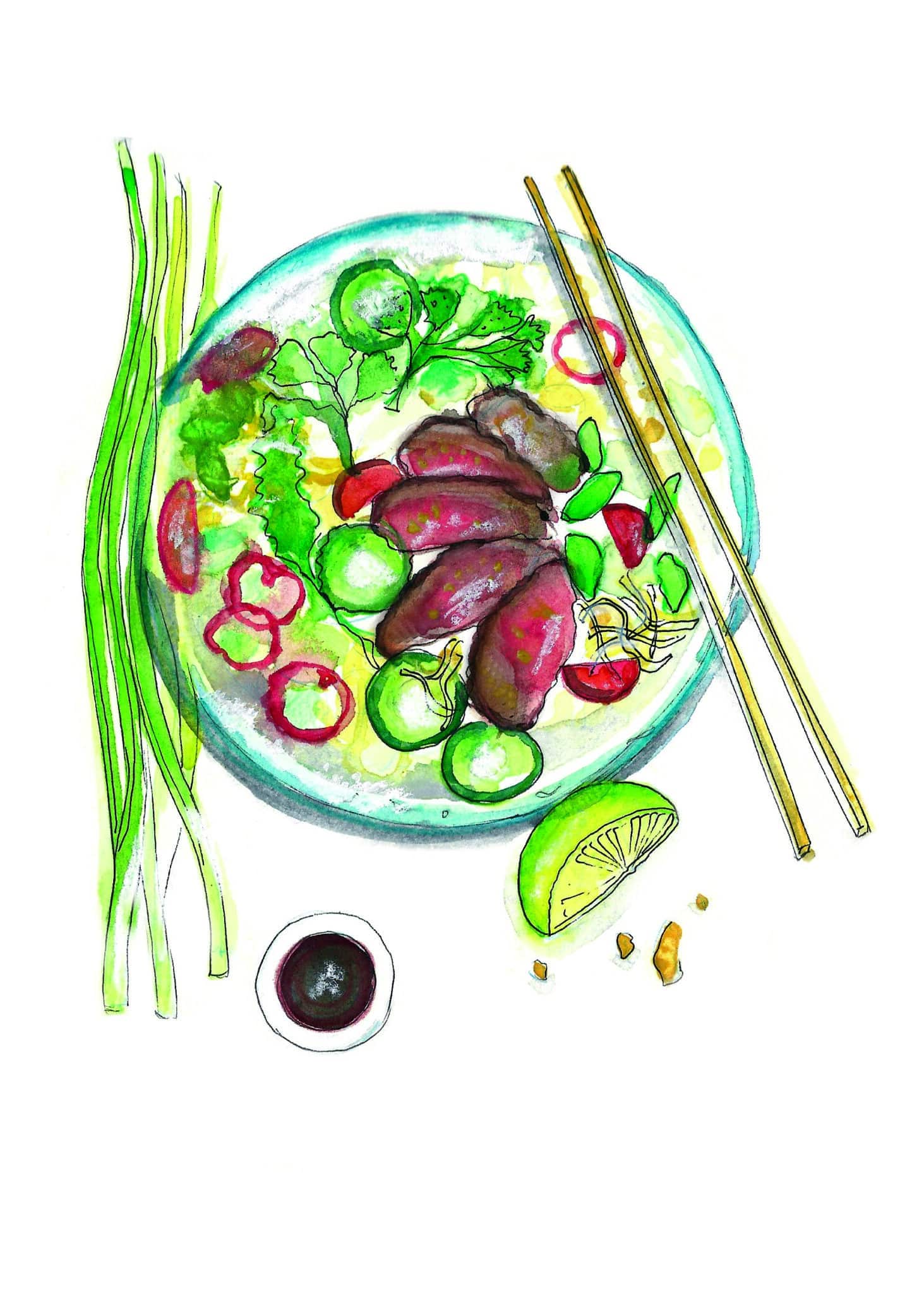This month we focus our attention on a great dessert classic – lemon pie. And the choice of a wine capable of going with the persistency of the taste of lemon, capable of working with lemon’s sourness, is not an obvious decision. The fundamentals in this food and wine pairing rely on two things: the aromas in the wine must express every aspect of lemon, from its lemony freshness to its confit side and it must also have assertive sweetness that isn’t wiped out by the lemon’s sharpness.
Shochu liqueur
This responsibility is well-shouldered by the Japanese lemon liqueur that comes from the little island of Iki in the Genkai Sea between Korea and Kyushu. This distilled liqueur, called shochu is made from wheat macerated in yuzu lemon. It possesses gorgeous complexity with only 7 degrees of alcohol. It can be found at the Workshop Issé in Paris.
Malvasia…
Another alternative I would suggest is the lovely 2013 Malvasia delle Lipari Passito by Francesco Fenech. The Malvasia variety, planted on volcanic soils on the Aeolian Islands north of Sicily, beautifully expresses both sweetness and bitterness. Francesco Fenech’s vines are cultivated on the Isle of Salina. Here, the grapes undergo passerillage or air-drying on drying terraces. They then ferment in stainless steel where they stay for six months. I am forever amazed at Malvasia’s ability to manage sugar: 104 residual sugar which totally melds in the intrinsic balance of the wine.
A parallel can be established with the Malvasia grown on the Spanish archipelago of the Canary Islands off the coast of Morocco, which expresses the same flavours as it ages. In the Canaries the soils are also volcanic which influences the wines whose gorgeous mineral bitters work wonders with the sweetness. From the island of Lanzarote I recommend the 2013 Malvasia dulce from Bodega El Grifo which beautifully bears out the exquisite balance between the sweetness (80g) offset by the lovely acidity (pH of 3.2). There is, in these wines, true osmosis between all the elements.
You can also try the Malvasia dulce from Palma Island in the Fuencaliente area. The Teneguia bodega makes a very harmonious version.
Or Californian muscat.
One further option to try is the 2014 Muscat Canelli from the Birichino estate in California. Since 2008 in their San Bernabe vineyards in the heart of Monterey, Alex Krause and John Locke have been pursuing their dream, working only with old vines of various origins. The muscat canelli, a variety equivalent to the French muscat à petits grains, makes a naturally sweet wine with well-balanced structure where the 12% residual sugar is kept in line by the gorgeous vivacity. This vibrant muscat with aromas of nectarine and mandarin is glorious.
Enjoy making your choice …
La Revue du Vin de France october 2016
